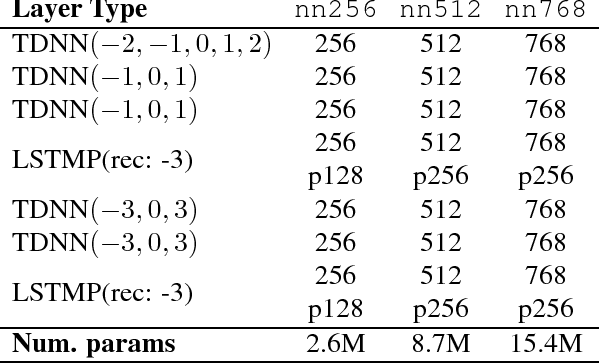Francesco Caltagirone
Conditioned Text Generation with Transfer for Closed-Domain Dialogue Systems
Nov 03, 2020



Abstract:Scarcity of training data for task-oriented dialogue systems is a well known problem that is usually tackled with costly and time-consuming manual data annotation. An alternative solution is to rely on automatic text generation which, although less accurate than human supervision, has the advantage of being cheap and fast. Our contribution is twofold. First we show how to optimally train and control the generation of intent-specific sentences using a conditional variational autoencoder. Then we introduce a new protocol called query transfer that allows to leverage a large unlabelled dataset, possibly containing irrelevant queries, to extract relevant information. Comparison with two different baselines shows that this method, in the appropriate regime, consistently improves the diversity of the generated queries without compromising their quality. We also demonstrate the effectiveness of our generation method as a data augmentation technique for language modelling tasks.
Conditioned Query Generation for Task-Oriented Dialogue Systems
Nov 09, 2019



Abstract:Scarcity of training data for task-oriented dialogue systems is a well known problem that is usually tackled with costly and time-consuming manual data annotation. An alternative solution is to rely on automatic text generation which, although less accurate than human supervision, has the advantage of being cheap and fast. In this paper we propose a novel controlled data generation method that could be used as a training augmentation framework for closed-domain dialogue. Our contribution is twofold. First we show how to optimally train and control the generation of intent-specific sentences using a conditional variational autoencoder. Then we introduce a novel protocol called query transfer that allows to leverage a broad, unlabelled dataset to extract relevant information. Comparison with two different baselines shows that our method, in the appropriate regime, consistently improves the diversity of the generated queries without compromising their quality.
Snips Voice Platform: an embedded Spoken Language Understanding system for private-by-design voice interfaces
Nov 05, 2018



Abstract:This paper presents the machine learning architecture of the Snips Voice Platform, a software solution to perform Spoken Language Understanding on microprocessors typical of IoT devices. The embedded inference is fast and accurate while enforcing privacy by design, as no personal user data is ever collected. Focusing on Automatic Speech Recognition and Natural Language Understanding, we detail our approach to training high-performance Machine Learning models that are small enough to run in real-time on small devices. Additionally, we describe a data generation procedure that provides sufficient, high-quality training data without compromising user privacy.
Spoken Language Understanding on the Edge
Oct 30, 2018



Abstract:We consider the problem of performing Spoken Language Understanding (SLU) on small devices typical of IoT applications. Our contributions are twofold. First, we outline the design of an embedded, private-by-design SLU system and show that it has performance on par with cloud-based commercial solutions. Second, we release the datasets used in our experiments in the interest of reproducibility and in the hope that they can prove useful to the SLU community.
Inferring Sparsity: Compressed Sensing using Generalized Restricted Boltzmann Machines
Jun 13, 2016

Abstract:In this work, we consider compressed sensing reconstruction from $M$ measurements of $K$-sparse structured signals which do not possess a writable correlation model. Assuming that a generative statistical model, such as a Boltzmann machine, can be trained in an unsupervised manner on example signals, we demonstrate how this signal model can be used within a Bayesian framework of signal reconstruction. By deriving a message-passing inference for general distribution restricted Boltzmann machines, we are able to integrate these inferred signal models into approximate message passing for compressed sensing reconstruction. Finally, we show for the MNIST dataset that this approach can be very effective, even for $M < K$.
* IEEE Information Theory Workshop, 2016
Random Projections through multiple optical scattering: Approximating kernels at the speed of light
Oct 25, 2015

Abstract:Random projections have proven extremely useful in many signal processing and machine learning applications. However, they often require either to store a very large random matrix, or to use a different, structured matrix to reduce the computational and memory costs. Here, we overcome this difficulty by proposing an analog, optical device, that performs the random projections literally at the speed of light without having to store any matrix in memory. This is achieved using the physical properties of multiple coherent scattering of coherent light in random media. We use this device on a simple task of classification with a kernel machine, and we show that, on the MNIST database, the experimental results closely match the theoretical performance of the corresponding kernel. This framework can help make kernel methods practical for applications that have large training sets and/or require real-time prediction. We discuss possible extensions of the method in terms of a class of kernels, speed, memory consumption and different problems.
 Add to Chrome
Add to Chrome Add to Firefox
Add to Firefox Add to Edge
Add to Edge